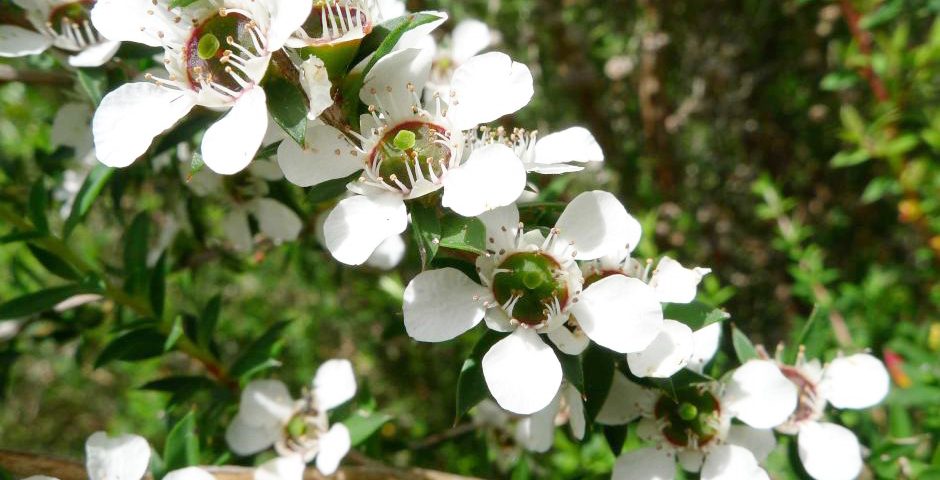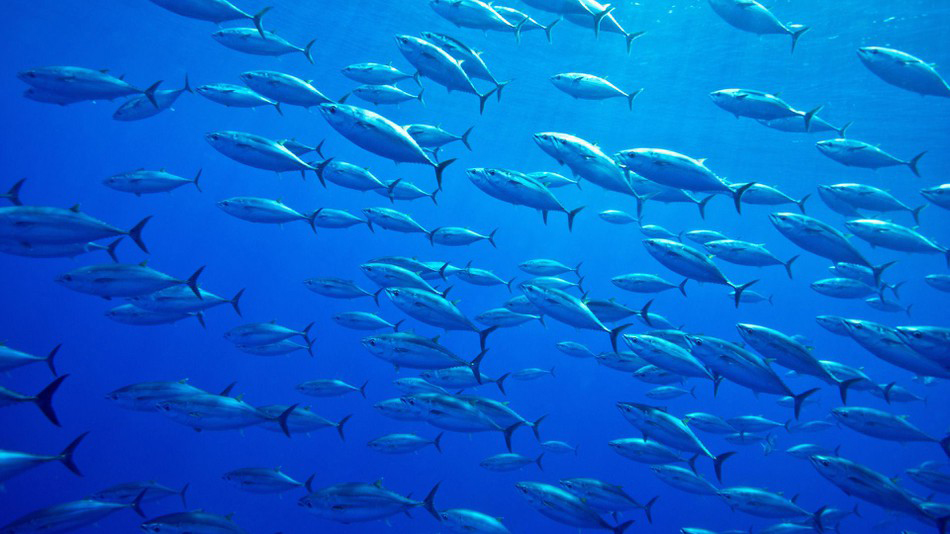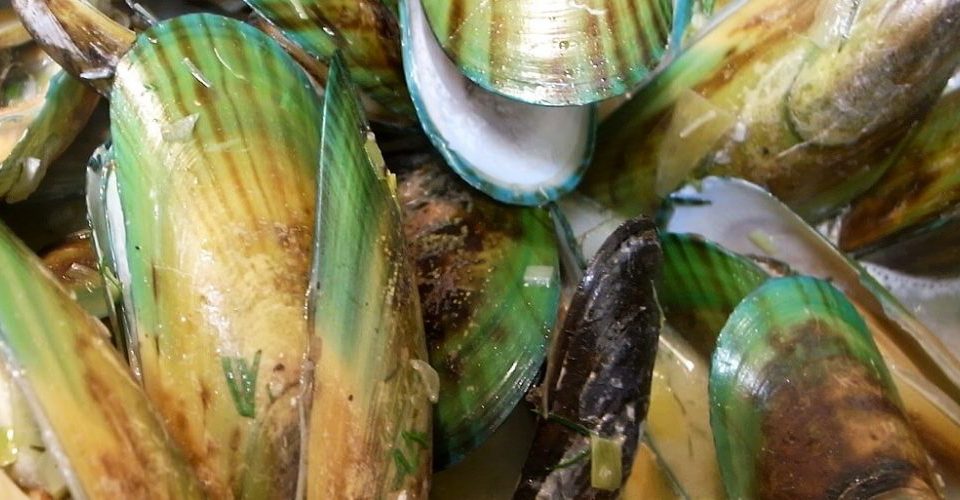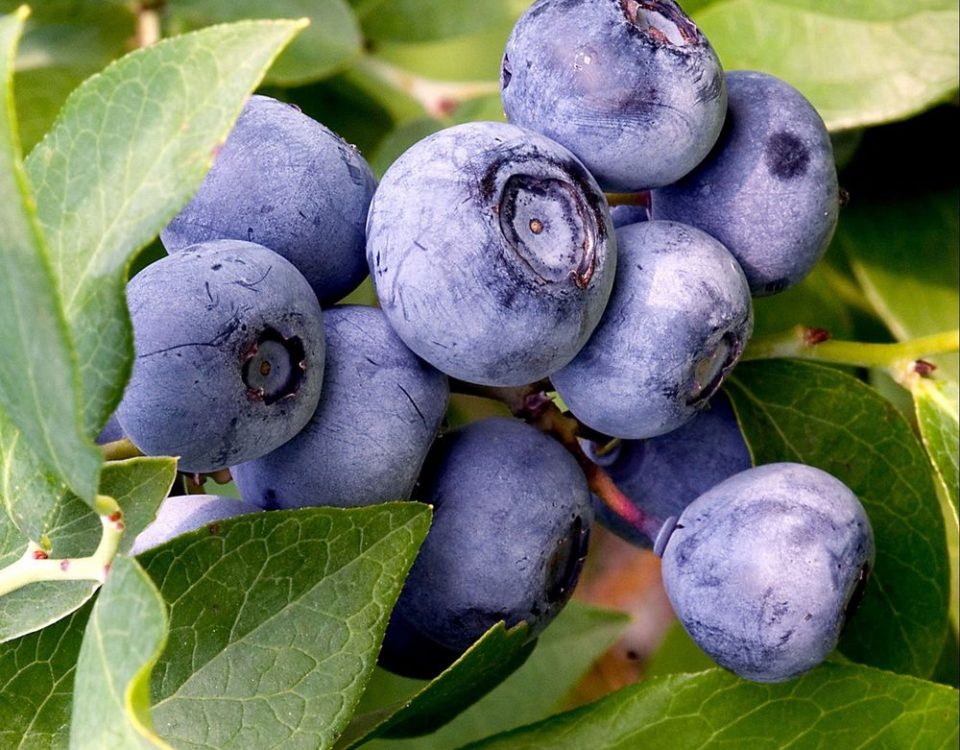Manuka Honey

What Evening Primrose Oil Is Used For…
June 5, 2018
How Does MSM Work?
June 5, 2018After the results of this work became known through publications in scientific journals, many people contacted the Honey Research Unit to find out what is so special about Active Manuka Honey.
The pertinent facts are:
• All honeys have an antibacterial activity, due primarily to hydrogen peroxide formed in a “slow-release” manner by the enzyme glucose oxidase present in honey, which can vary widely in potency. Some honeys are no more antibacterial than sugar, while others can be diluted more than 100-fold and still halt the growth of bacteria. The difference in potency of antibacterial activity found among the different honeys is more than 100-fold.
• Manuka honey (and some of its Australian equivalent) contains a high level of additional, non-peroxide, antibacterial components. Although some other types of honey have been reported to have some non-peroxide antibacterial activity, this is at a very low level. The high level of non-peroxide activity found in honey produced from Leptospermum species is unique.
• It is now known that this non-peroxide activity is due to the combined action of methylglyoxal (MGO) and an unidentified synergistic component. Although very low levels of MGO are found in most honey, the high level of MGO in manuka honey is unique, as is the presence of the synergist which more than doubles the antibacterial activity of MgO. (Jellybush honey is yet to be investigated for this.)
• Only some of the honey sold as manuka honey (likewise only some jellybush honey) has this non-peroxide type of antibacterial activity.
• The term “Active Manuka Honey” was devised to distinguish manuka honey with this non-peroxide type of antibacterial activity from what was being sold as manuka honey that did not have this activity. This term has been in use in publications since 1998.
• Confusingly there is now honey being sold as “Active Manuka Honey” where the seller is referring to antibacterial activity that is due to hydrogen peroxide just like in all other types of honey, and not to the non-peroxide type of antibacterial activity that is unique to manuka honey and jellybush honey.
• Our research, investigating manuka honey collected from many sites over a large area of New Zealand, has shown that the level of the non-peroxide antibacterial activity in manuka honey depends to some degree on the variety of manuka the honey is collected from, but mainly on the proportion of manuka nectar in the honey.
• Honey sold as manuka honey which does not have a measurable level of the non-peroxide antibacterial activity is thus likely to have been produced predominantly from nectar sources other than manuka.
• Importantly, the non-peroxide type of antibacterial activity in manuka honey is not affected by the catalase enzyme present in body tissue and serum. This enzyme will break down, to a large degree, the hydrogen peroxide which is the major antibacterial factor found in other types of honey. (See Photo 1 below.) If a honey without the non-peroxide antibacterial activity fpund only in manuka honey and jellybush honey were used to treat an infection, the potency of the honey’s antibacterial activity would most likely be reduced because of the action of catalase.
• The enzyme that produces hydrogen peroxide in honey is destroyed when honey is exposed to heat and light. But the non-peroxide antibacterial activity of manuka honey is stable, so there is no concern about true Active Manuka Honey losing its activity in storage.
• The enzyme that produces hydrogen peroxide in honeys becomes active only when honey is diluted. But the non-peroxide antibacterial activity is at full strength in undiluted manuka honey, which will provide a more potent antibacterial action diffusing into the depth of infected tissues. (See Photo 2 below.)
• The enzyme that produces hydrogen peroxide in honeys needs oxygen to be available for the reaction, so may not work under wound dressings or in wound cavities or in the gut. Active Manuka Honey, which contains the non-peroxide antibacterial activity, is active in all situations.
• The enzyme that produces hydrogen peroxide in honeys becomes active only when the acidity of honey is neutralised by body fluids, but then the honey is diluted.
• The enzyme that produces hydrogen peroxide in honeys is inactive in the acidity of the stomach.
• The enzyme that produces hydrogen peroxide in honeys could be destroyed by the protein-digesting enzymes that are in wound fluids.
• The non-peroxide antibacterial activity of Active Manuka Honey diffuses deeper into skin tissues than does the hydrogen peroxide from other types of honey.
• Active Manuka Honey, with its non-peroxide, antibacterial activity, is more effective than honey with hydrogen peroxide against some types of bacteria. For example, it is about twice as effective as other honey against Escherichia coli and Enterococci, common causes of infection in wounds. It is much more effective than other honey against Helicobacter pylori, a common cause of peptic ulcers.
The potency of the non-peroxide antibacterial activity in Active Manuka Honey is measured by an assay developed by the Honey Research Unit:
o The killing power of samples of honey tested against the most common wound-infecting species of bacteria, Staphylococcus aureus.
o It is compared with that of solutions of a standard antiseptic, phenol (also known as carbolic acid) at various concentrations. (See Photo 3 below.)
o This is done with the enzyme catalase added to the samples of honey so that all hydrogen peroxide is destroyed and thus only the non-peroxide antibacterial activity of manuka honey is seen.
o The non-peroxide antibacterial activity of manuka honey is then reported as the equivalent concentration of phenol with the same level of antibacterial activity. (For example, an Active Manuka Honey rated as 10 for its non-peroxide antibacterial activity will kill Staph. aureus as effectively as will a 10% phenol solution.)
This bioassay of antibacterial activity has recently had its accuracy improved, and the improved method will be used for the certification by the University of Waikato of the rating of the non-peroxide antibacterial activity on jars of Active Manuka Honey being sold worldwide. (See Rating the antibacterial activity of manuka honey for details of this development.)
Many medical professionals are using Active Manuka Honey (the genuine sort) – and are getting excellent results in patients with infected wounds that have not responded to any standard treatment such as antibiotics. For most of the various brands of registered medical products based on honey that is sold for wound treatment and ophthalmology, the manufacturers have opted to use Active Manuka Honey (with an activity rating ranging from 12 to 18).
None of the results being obtained clinically should be considered evidence that Active Manuka Honey is more effective than other honey – a comparative clinical trial will be needed to establish that. Nevertheless, there are good theoretical reasons for choosing to use Active Manuka Honey with a good level of the non-peroxide antibacterial activity for management of wound infections.
To alleviate any concern over the possible risk of introducing infection by the use of an unprocessed natural product on wounds, we investigated ways of sterilizing honey without loss of any of its antibacterial activity. We found that honey can be sterilized by gamma irradiation without loss of activity. Active Manuka Honey, as plain honey and in manufactured wound dressings, is commercially available sterilized in this way.
(See http://bio.waikato.ac.nz/honey/where.shtml .)




